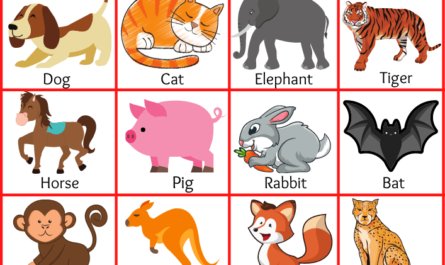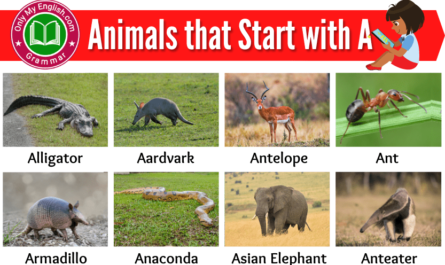Searching for insect names in English along with pictures? You’re in the right place! Explore our comprehensive A-Z list of different insect species.
Insects Name
Insects are tiny animals with six legs. Their bodies have three parts, and they wear a hard shell called an exoskeleton. They also have antennae and big eyes to help them see. Did you know? Almost 9 out of every 10 animals on Earth are insects!
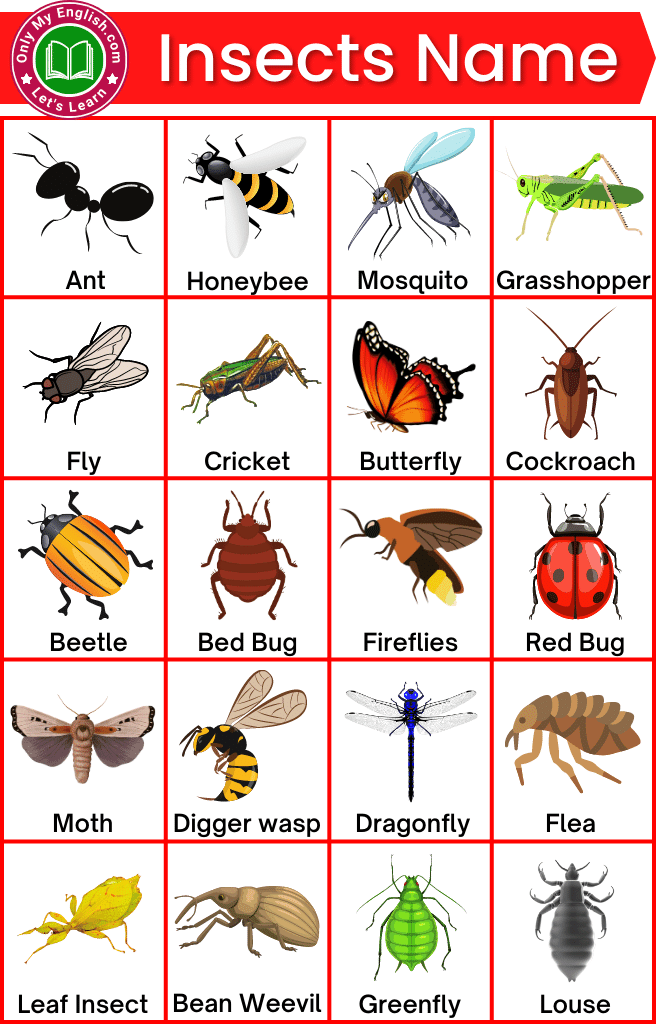
Some insects, like mosquitoes and bed bugs, can be pests or spread sickness. But many insects are helpful! They pollinate plants (like bees do), eat harmful bugs (like ladybugs), and become food for other animals.
Scientists also study insects to learn about nature. Some insects can even tell us if water or soil is clean or dirty!
Scientists study insects to learn about how bodies work—like how hormones, brains, and senses function. Bugs can also tell us if our water and soil are clean or polluted!
Types of Insects
Insects can be grouped in many ways—like by how they move, what they eat, or where they live! Here are five fun ways to sort them:
- Flying Insects: Beetle, Butterfly, Bug, Cricket, Dragonfly, Flea, Fly…..
- Crawling Insects: Ant, Caterpillar, Spider, cockroach, louse …
- Helpful Insects – Ladybugs (eat pests), Honeybees (make honey)
- Jumping Insects – Grasshoppers, Crickets
- Colorful Insects – Dragonflies, Fireflies (glow at night!)
Fun Fact: Scientists sort insects by their body shape, wings, and legs
List of All Insects Name in English with Pictures
| Sr No. | Insects Images | Insects Name |
|---|---|---|
| 1. | 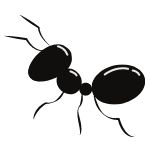 | Ant |
| 2. |  | Honeybee |
| 3. | 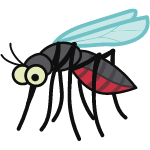 | Mosquito |
| 5. |  | Grasshopper |
| 6. | 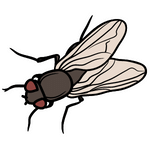 | Fly |
| 7. | 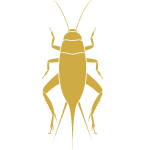 | Cricket |
| 8. | 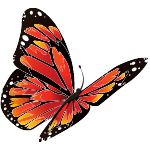 | Butterfly |
| 10. | 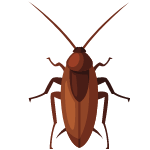 | Cockroach |
| 11. | 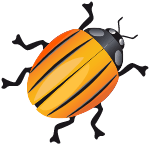 | Beetle |
| 12. | 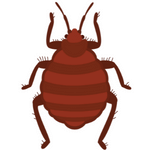 | Bed Bug |
| 13. | 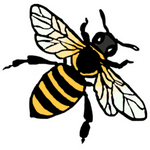 | Bumblebee |
| 14. | 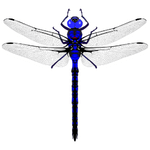 | Dragonfly |
| 15. | 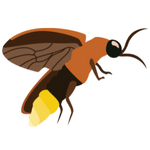 | Fireflies |
| 16. | 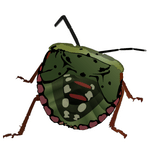 | Green Stink Bug |
| 18. | 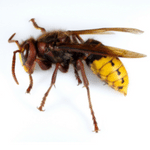 | Indian Hornet |
| 21. | 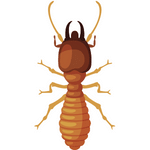 | Termite |
| 22. | 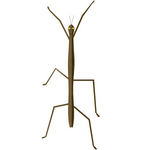 | Stick Insect |
| 25. | 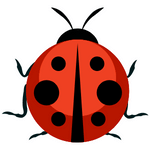 | Red Bug |
| 26. | 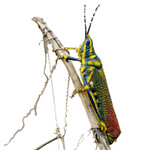 | Painted Grasshopper |
| 27. | 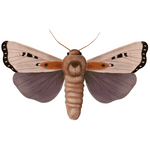 | Moth |
| 28. | 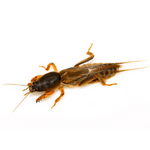 | Mole Cricket |
| 30. | 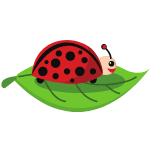 | Ladybug |
| 32. | 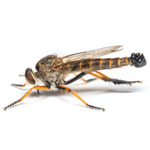 | Assassin Fly |
| 33. | 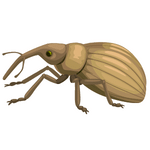 | Bean Weevil |
| 35. | 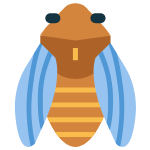 | Cicada |
| 36. | 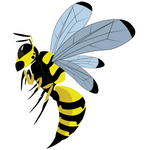 | Digger wasp |
| 37. | 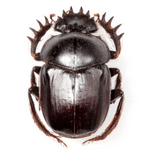 | Dung Beetle |
| 38. | 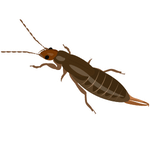 | Earwig |
| 39. |  | Fireflies |
| 40. | 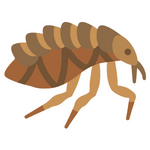 | Flea |
| 41. | 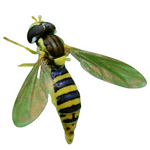 | Flower Fly |
| 42. | 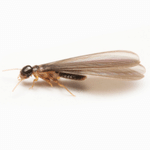 | Flying Termites |
| 43. | 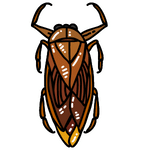 | Giant Water Bug |
| 44. | 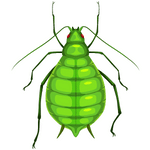 | Greenfly |
| 46. | 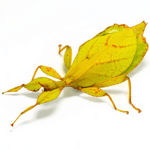 | Leaf Insect |
| 47. | 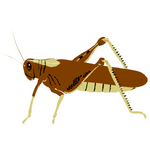 | Locust |
| 48. |  | Louse |
| 49. | 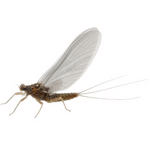 | Mayfly |
| 50. |  | Water Beetle |
| 51. | 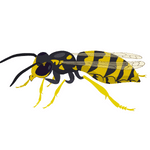 | Wasp |
| 52. | 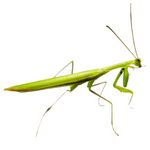 | Praying Mantids |
| 53. | 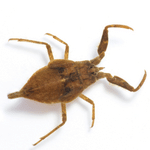 | Nepidae |
Home Insects Name
- Ants
- Houseflies
- Mosquitoes
- Cockroaches
- Spiders
- Bed Bugs
- Fruit Flies
- Silverfish
- Moths
- Termites
- Ladybugs
- Drain Flies
- Crickets
- Stink Bugs
- Carpet Beetles
- Earwigs
- Gnats
- Firebrats
- Booklice
- Wasps
Flying Insects Name
- Bumblebee
- Butterfly
- Cicada
- Crane Fly
- Damselfly
- Dragonfly
- Firefly
- Fruit Fly
- Gnat
- Grasshopper
- Honeybee
- Hornet
- Horsefly
- Housefly
- June Bug
- Ladybug
- Monarch Butterfly
- Mosquito
- Moth
- Wasp
Insects Name in English with Images/Pictures
Spider
Spiders are amazing eight-legged creatures that live all around the world, except in Antarctica! They have special fangs and can spin silk to make webs, which they use like nets to catch their food. Even though some spiders can give tiny bites, most are harmless to people.
These clever little animals can live in almost any place—from your backyard to deep in the forest—but you won’t find them flying in the air or swimming in the ocean. Their silk is super strong, and some spiders can even jump or hide in tricky ways. Spiders are helpful too, because they eat pesky bugs!
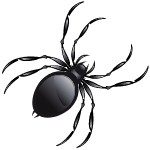
Mosquito
Mosquitoes are tiny flying insects with six legs, a long straw-like mouth (called a proboscis) to suck blood, and thin bodies. They have two wings and belong to a bug family called Culicidae. These pesky bugs buzz around and leave itchy bites, but only the females drink blood—they need it to lay eggs!

Honeybee
Bees are fuzzy flying insects that make honey! They collect sweet nectar from flowers and store it in their hive (a cozy bee house made of wax). You might spot their honeycomb under tree branches or shady spots—bees like cool places to build their homes.

Beetle
Beetles are special insects with hard, shiny wing covers that protect their flying wings underneath! They belong to a big insect family called Coleoptera

Grasshopper
Grasshoppers are a type of insect. They belong to a group called Caelifera. They are one of the oldest insects that eat plants by chewing.

Scorpion
Scorpions are hunting arachnids, related to spiders. They have eight legs, two claw-like arms, and a long, segmented tail that ends with a poisonous stinger.
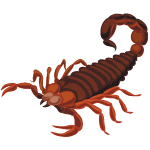
Cricket
Crickets are insects related to bush crickets and, more distantly, to grasshoppers. They belong to a group called Ensifera, which also includes other insects like king crickets and mole crickets—even though these aren’t true crickets.

Cockroach
Cockroaches are insects belonging to the order Blattodea, which also includes termites. While there are many species of cockroaches, only about five are well-known as pests. They are characterized by their flattened oval bodies, long thread-like antennae, and a shiny black or brown leathery exoskeleton.

Ant
Ants are eusocial insects belonging to the family Formicidae, which also includes wasps and bees in the order Hymenoptera. They are easily recognized by their elbowed antennae and narrow, segmented waists. Contrary to popular belief, ants do rest, though they don’t sleep in the same way mammals do.

Centipede
Centipedes are fast, predatory arthropods belonging to the class Chilopoda (within the subphylum Myriapoda), which also includes millipedes and other multi-legged creatures. They have long, segmented bodies with one pair of legs per segment. Like spiders and scorpions, most centipedes are carnivorous, using venom to hunt their prey

Maggot
A maggot is the larval stage of flies in the order Diptera. The term is most commonly used to describe the larvae of Brachycera flies, including houseflies, blowflies, and cheese flies. It may also refer to certain Nematocera larvae, including mosquitoes and crane flies.
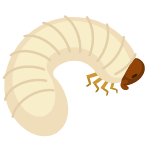
Caterpillar
A caterpillar is the larval stage of insects in the order Lepidoptera (butterflies and moths). While the term is most commonly associated with this group, the larvae of some sawflies (suborder Symphyta) are also referred to as caterpillars due to their similar appearance. Both Lepidopteran and Symphyta larvae share an eruciform (caterpillar-like) body shape.
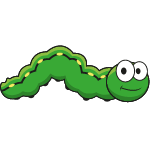
Ladybug
Ladybugs, scientifically known as Coccinellidae, are a widespread family of small beetles. Despite their name, they are not true bugs (order Hemiptera) but belong to the order Coleoptera (beetles). The term ‘Entomologists’ does not apply to them—it refers to scientists who study insects.

Butterfly
Butterflies are insects belonging to the clade Rhopalocera within the order Lepidoptera, which also includes moths. Adult butterflies are known for their large, brightly colored wings and distinctive fluttering flight patterns. Their vibrant wing patterns make them some of the most visually striking insects in nature.

Tick
Ticks are parasitic arachnids belonging to the superorder Parasitiformes, which also includes mites. As external parasites, they survive by feeding on the blood of mammals, birds, and occasionally reptiles and amphibians.
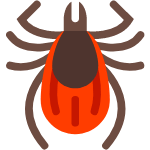
Cicada
Cicadas belong to the superfamily Cicadoidea within the order Hemiptera (true bugs). While they’re related to small jumping insects like leafhoppers and froghoppers (which belong to other superfamilies in Hemiptera), cicadas themselves are known for their large size, distinctive eyes, and loud mating calls.

Insects Name with Real Pictures for kids
Insects Names A-Z
- Ant
- Bee
- Wasp
- Butterfly
- Moth
- Mosquito
- Fly
- Dragonfly
- Damselfly
- Grasshopper
- Cricket
- Cockroach
- Termite
- Beetle
- Ladybug (Ladybird)
- Firefly
- Flea
- Tick
- Louse
- Earwig
- Silverfish
- Praying Mantis
- Stick Insect
- Leaf Insect
- Cicada
- Aphid
- Stink Bug
- Bed Bug
- Water Strider
- June Bug
- Rhinoceros Beetle
- Dung Beetle
- Weevil
- Fruit Fly
- Horsefly
- Mayfly
- Stonefly
- Caddisfly
- Booklice
- Thrips
- Whitefly
- Scale Insect
- Mealybug
- Hornet
- Yellowjacket
- Bumblebee
- Carpenter Bee
- Sweat Bee
- Leafcutter Bee
- Mason Bee
- Katydid
- Locust
- Walking Stick
- Assassin Bug
- Water Bug
- Backswimmer
- Bark Beetle
- Blister Beetle
- Boll Weevil
- Carpet Beetle
- Click Beetle
- Darkling Beetle
- Ground Beetle
- Longhorn Beetle
- Scarab Beetle
- Soldier Beetle
- Tiger Beetle
- Woolly Bear
- Bagworm
- Corn Borer
- Cutworm
- Armyworm
- Bollworm
- Gypsy Moth
- Luna Moth
- Atlas Moth
- Monarch Butterfly
- Swallowtail Butterfly
- Painted Lady Butterfly
- Blue Morpho Butterfly
Read Also:
